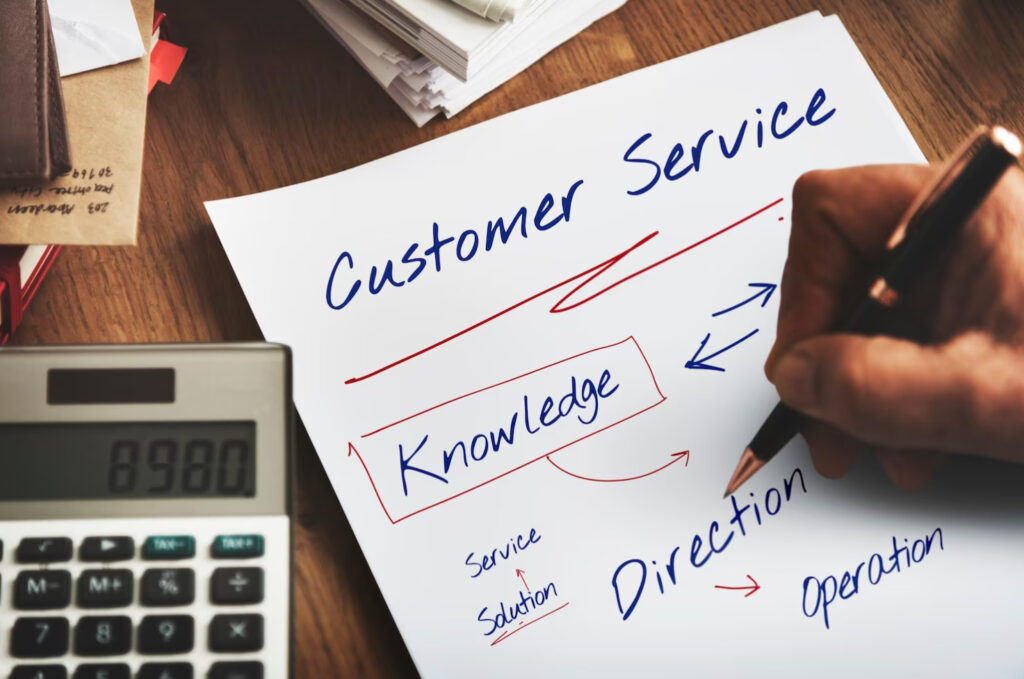
In today’s competitive business landscape, the alignment of sales and customer experience is crucial for success. Integrating sales and service departments enables organizations to create seamless interactions that enhance customer satisfaction and loyalty. In this blog post, we will explore the key steps to achieve sales and customer experience alignment and provide practical insights for implementation.
Key Steps for Sales and Customer Experience Alignment
- Define a customer-centric approach: Putting the customer at the center of your sales and service efforts is fundamental. Understand their needs, preferences, and pain points to tailor your interactions accordingly.
- Establish clear communication channels: Effective communication between sales and service teams is vital for seamless interactions. Implement collaboration tools and platforms to ensure smooth information sharing and coordination.
- Implement shared goals and metrics: Align the goals and metrics of your sales and service departments to foster a cohesive approach. Encourage collaboration by setting common objectives that emphasize customer satisfaction.
- Foster collaboration between sales and service teams: Break down silos and promote cross-departmental collaboration. Encourage regular meetings, joint projects, and shared training sessions to foster teamwork and mutual understanding.
- Utilize technology and automation tools: Leverage technology to streamline customer interactions. Implement customer relationship management (CRM) systems, chatbots, and self-service options to provide personalized and efficient experiences.
- Gather customer feedback and insights: Continuously collect and analyze customer feedback to understand their needs and expectations better. Use this data to improve your sales and service strategies and enhance customer experiences.
- Continuously train and develop sales and service teams: Invest in training programs that enhance the skills of your sales and service teams. Provide ongoing professional development opportunities to ensure they are equipped to deliver exceptional customer experiences.
Case Studies: Successful Sales and Customer Experience Alignment
Example 1: Company X’s Integration Journey
Company X recognized the importance of a customer-centric approach and took steps to align their sales and service departments. By integrating these two crucial areas, they achieved remarkable results. The interactions between the sales and service teams became more streamlined and efficient, leading to improved customer satisfaction. With a better understanding of customer needs and preferences, Company X was able to provide personalized experiences that resonated with their target audience. As a result, their sales revenue experienced a significant boost, solidifying their position in the market.
Example 2: How Company Y Improved Customer Satisfaction
In their quest to enhance customer satisfaction, Company Y focused on fostering collaboration between their sales and service teams. They initiated joint training programs and implemented shared metrics to encourage a cohesive approach. This collaboration resulted in better communication and a deeper understanding of customer expectations. By aligning their efforts, Company Y was able to deliver seamless interactions and personalized solutions, ultimately leading to a substantial increase in customer satisfaction and loyalty. Their customers felt valued and understood, and as a result, the company enjoyed stronger relationships and repeat business
Conclusion
Sales and customer experience alignment is a critical factor in delivering exceptional customer experiences. By implementing a customer-centric approach, establishing clear communication channels, and fostering collaboration, organizations can create seamless interactions that enhance customer satisfaction and loyalty. Embrace technology, gather customer feedback, and invest in continuous training to achieve long-term success. Align your sales and service efforts today for a competitive edge in the market.